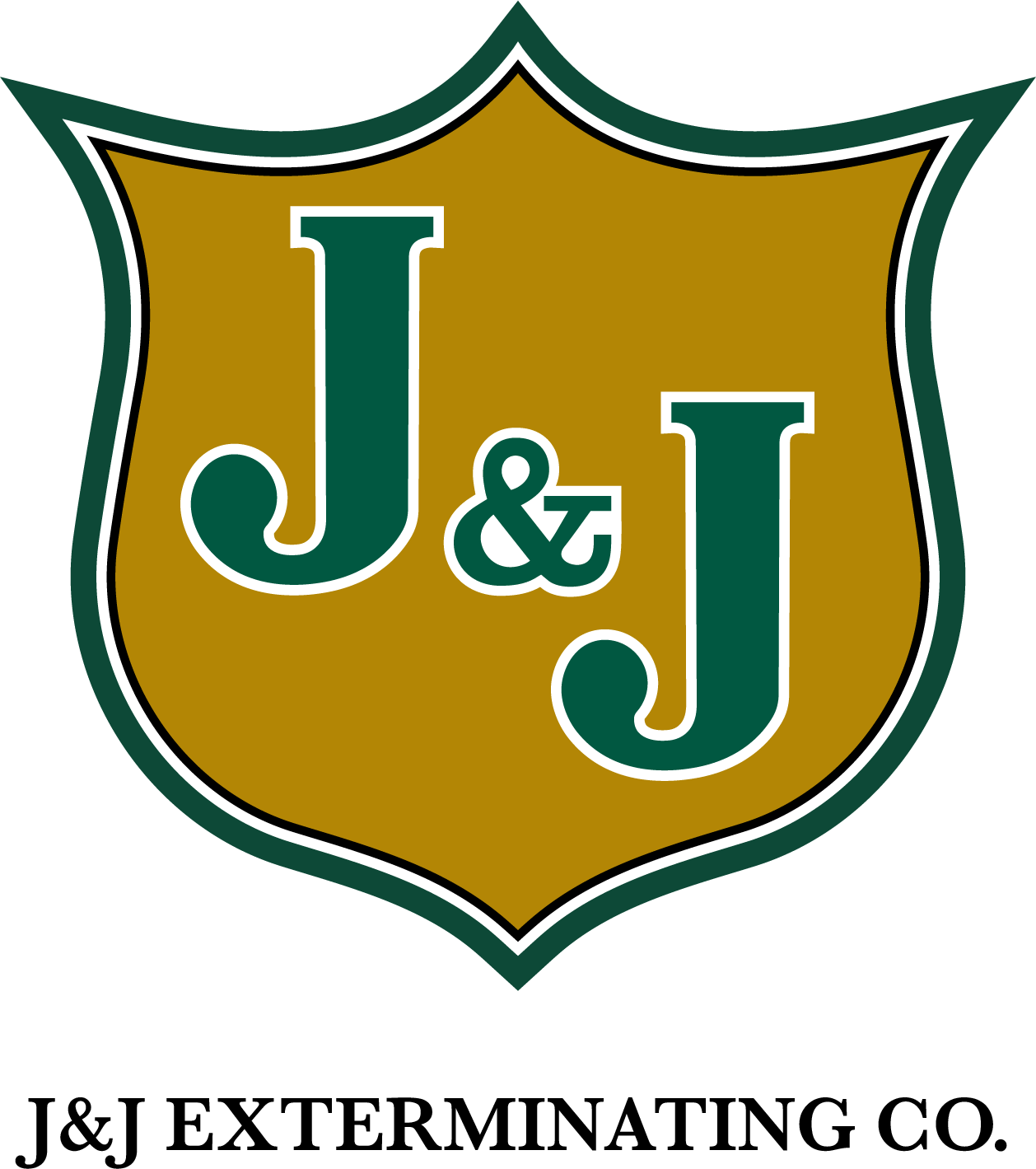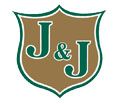Termites can cause serious damage to homes or businesses. Many home structures are made of wood which provides a rich food source for termites colonies. But how often do we look behind the drywall to see the wooden framework? Termite activity is often invisible, so we need to look for other signs.
Different termite species will leave different signs of an infestation, and the three most prevalent species in America are subterranean termites, drywood termites and dampwood termites. Here are some of the signs that you need to keep an eye out for:
Subterranean Termites
Subterranean termites are responsible for 95% all termite damage within the United States. They are more attracted to the northern climates, but they are spread throughout the US. These termites like to live underground in moist soil, and from there they spread out in search for wood. Here are some of the signs that you can look for:
- Buckling wood
- Ceilings and floors that are sagging
- Wood that appears water-damaged
- Visible mazes or etching on wood walls and furniture
- A strong odor similar to mold or mildew throughout the home
- The existence of mud tunnels – these are tubes made from soil and digested wood that help subterranean termites reach their food sources when they are outside the ground. The tunnels are approximately the same width as a pencil, and can often be found on the foundations or walls of buildings.
- You have heaps of wings in the home left over from flying termites leaving the nest
- Wood that sounds hollow when you tap on it.
Drywood Termites
While drywood termite infestations are not as common or as damaging as subterranean infestations, they can still cause a considerable degree of damage, and if the infestation is spread out through the home, the treatment costs will be higher than if you are dealing with subterranean termites.
They are mostly found in the warm, dry climates of the southern United States, but they are present throughout the US as well. They also only target wood that is dryer, and they are able to infest any piece of wood in the home, unlike their subterranean cousins, which can only infest wood that is connected to the ground. This means that they may set up in furniture, the attic, the roof, and wooden items in your backyard. Here are some signs to look out for:
- Cracked veneer
- Maze-like tunnels in wood
- Fecal pellets
- Kickout holes, which are BB-sized holes made in wood
Dampwood Termites
Dampwood termites are similar to drywood termites, but they mostly infest wood that is high in moisture. This means that they are rarer in home infestations, but they may show up in wood that is near leaky pipes, or any other source of high moisture levels. The signs of dampwood termite infestation are similar to those of drywood termites.
If you notice any of these signs in your home, it’s important to act fast, before the termites do more damage. Contact us today if you are dealing with a termite infestation and we will remove it for you.
Tags: Termite Control, Termite Inspection



